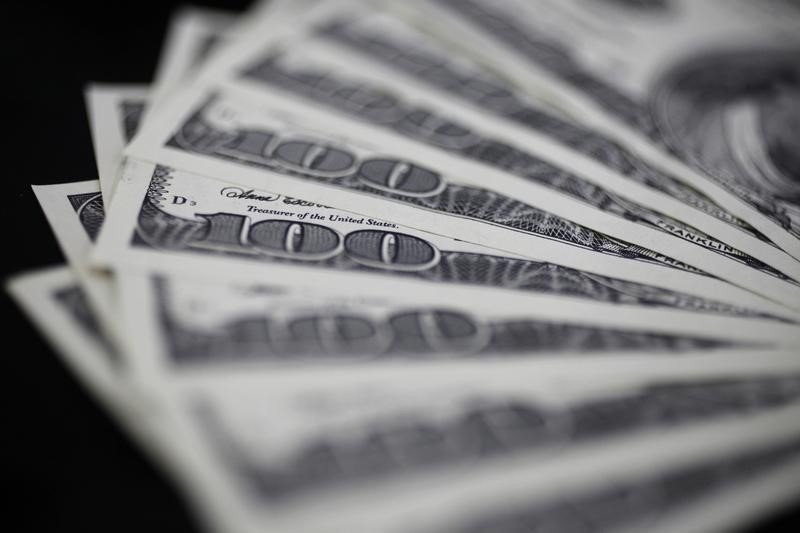By Peter Nurse
Investing.com -- The dollar edged higher in early European trading Monday, but remained near a one-month low as Friday's disappointing jobs report weakened expectations of an early tapering of the Federal Reserve monetary stimulus.
At 2:55 AM ET (0655 GMT), the Dollar Index, which tracks the greenback against a basket of six other currencies, gained 0.2% to 92.172, after falling to 91.941 for the first time since Aug. 4 on Friday. Volatility is likely to be limited Monday with the U.S. markets on holiday.
USD/JPY rose 0.1% to 109.80, EUR/USD fell 0.1% to 1.1875, just off last week’s high of 1.1909, and GBP/USD fell 0.1% to 1.3851.
The risk sensitive AUD/USD dropped 0.2% to 0.7440, but remained not far from the previous session’s high of 0.7477, its peak since July 15. The Reserve Bank of Australia holds its latest policy-setting meeting on Tuesday, and could reverse its tapering decision given the still rampant Covid-19 outbreak throughout the country.
The dollar was hit hard by Friday’s nonfarm payrolls release, with the disappointing report impacting expectations of when the Federal Reserve will start tapering its massive bond-buying program.
Chairman Jerome Powell has made a recovery in the country’s labor market a key condition for such a move, but only 235,000 payrolls were added in August, following a resurgence in Covid-19 infections. That was the smallest gain in seven months, and was way below the previous month’s over one million growth.
“A tapering plan launched in September would either need to be 100% data dependent or else the discussion will have to be postponed until November,” said analysts at Nordea, in a note.
The weekly jobless claims data will now be studied carefully on Thursday for further clues about the strength of the labor market, but Friday’s producer price release for August will also be of interest after July data showed the largest annual increase in over a decade.
Elsewhere, the European Central Bank is due to hold its latest monetary policy setting meeting this week, with hawkish members becoming more vocal about the gradual scaling back of the central bank’s monetary stimulus.
German factory orders, released earlier Monday, rose 3.4% on the month in July, a slight slowdown in growth from the previous month, but still a lot better than had been expected.
